A new family of powerful and compact 800V motors, high-efficiency reduction gearboxes and intelligent suspension dampers are poised to improve dramatically the performance of the next generation of EVs.
In development by ZF, one of the world’s leading automotive suppliers, the technology appears first in the eagerly awaited Lotus Eletre but is also vitally important to the future of the company as the industry pivots away from combustion engines.
ZF’s new EVSys800 motor is said to establish a new torque density benchmark of 70Nm/kg, which is 30% better than existing designs. “This motor is very lightweight, at 80kg, and compact, yet the peak rated power is 300kW [402bhp],” according to Otmar Scharrer, ZF’s head of electric mobility.
Some of the components are being simulated in a technology demonstrator based on a rear-wheel-drive Porsche Taycan, which ZF has dubbed the EVbeat. ZF’s new motor uses all-alloy casings to keep weight down. Inside, the typical hairpin winding is replaced by braided winding, which eliminates 200 laser welds, reduces package size by 10% and increases power by 50%.
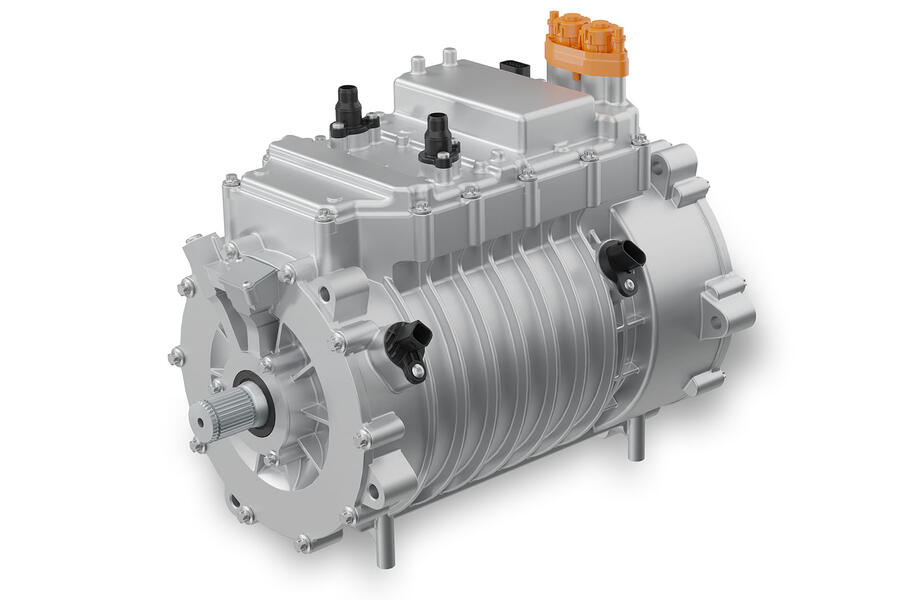
Fundamental to the design is a new thermal management system with direct conductor cooling, which keeps the stator cool and uses waste heat to power ZF’s TherMas heat pump.
As a result, the EVSys800 is claimed to be able to run for prolonged periods at 75% of its peak power output, which equates to 302bhp in the Lotus Eletre, for example. ZF says a typical motor rated at 268bhp might only be able to run at 101bhp continuously. “If you are very good, you have 50% continuous power of the rated power,” said Scharrer. “The reason is cooling. Even at 90% efficiency, with a 200kW [268bhp] motor, you give away 10kW [13bhp]. To give an idea, you can heat two houses in winter at -20deg C with 10kW.”
Another feature of ZF’s third-generation electric powertrain is a new planetary-gear co-axial reduction drive. Incorporating both motor-reduction and differential functions, it is also very quiet, says ZF, thanks to acousticoptimised gear designs.


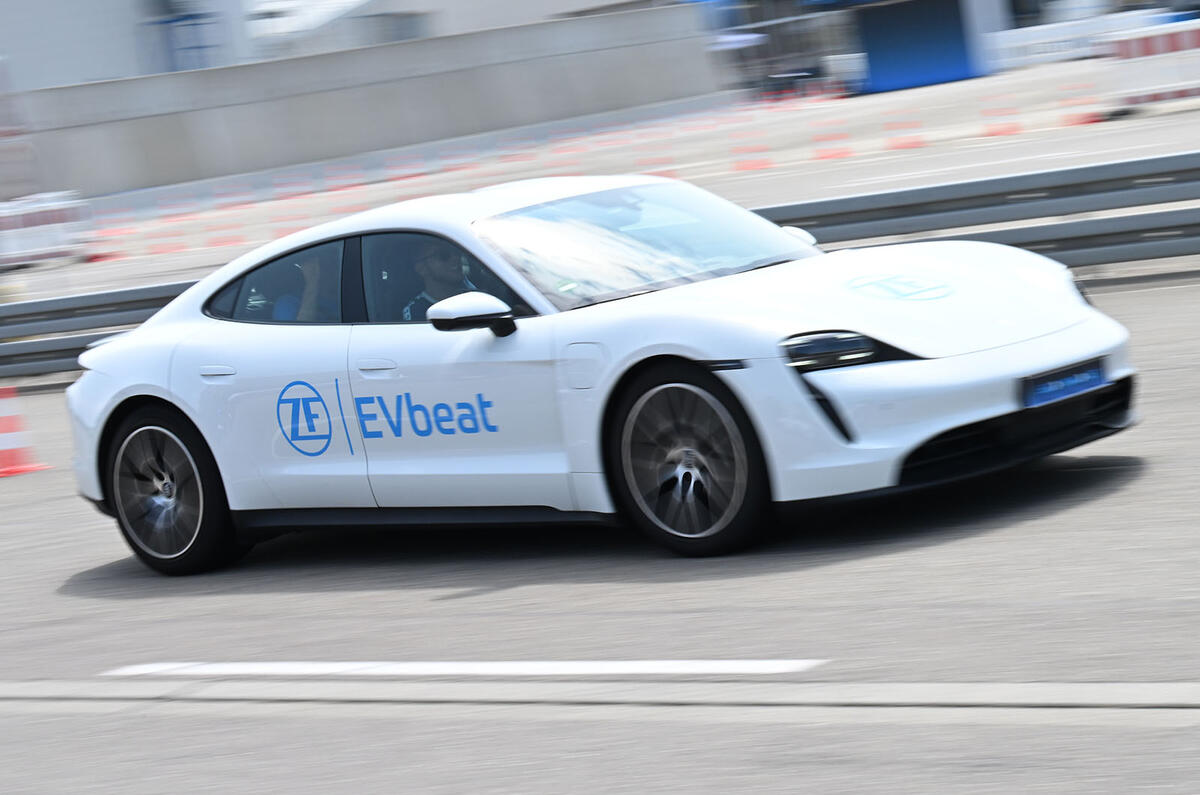

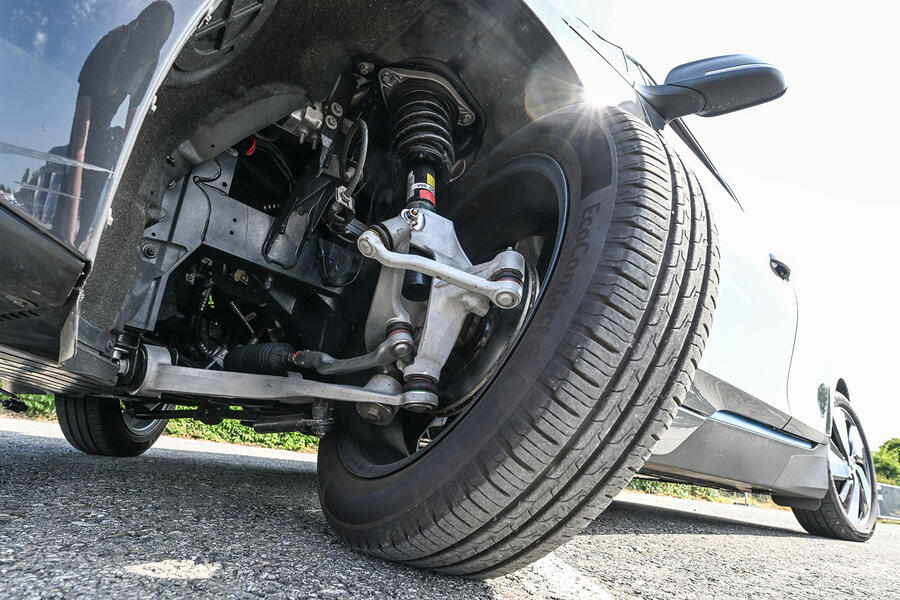
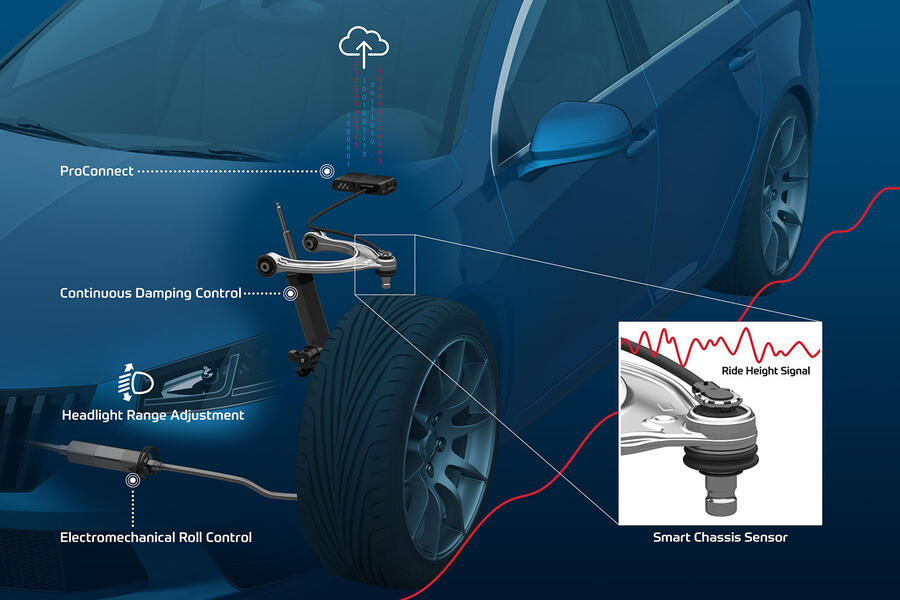
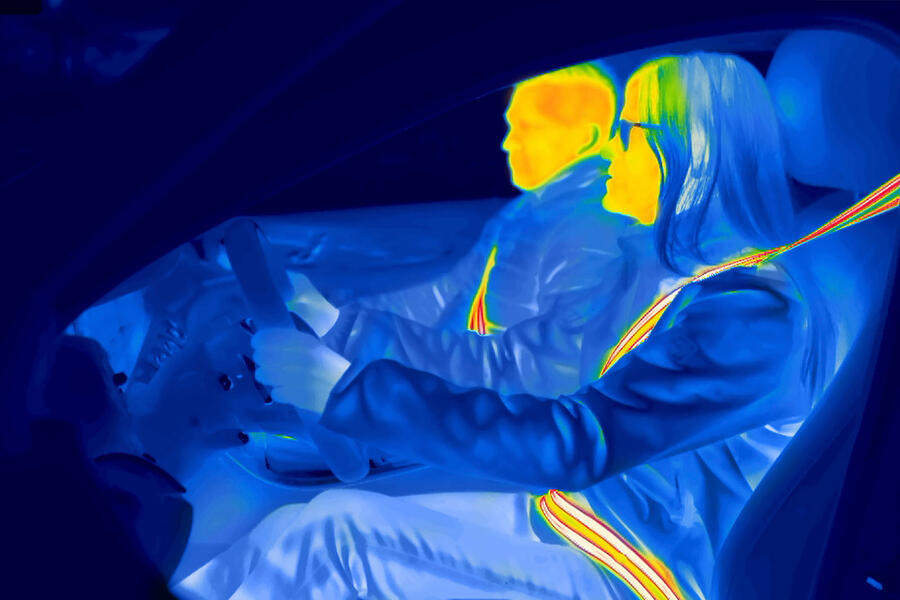




Join the debate
Add your comment
The Lotus Eletre is eagerly awaited?
"Some of the components are being simulated in a technology demonstrator"
So they don't exist in other words... I just simulateed a 900bhp 13,000rpm Flat 12 in my Corsa-e by going brrrr as I drove.
I suspect the writer is using the word 'simulated' incorrectly.